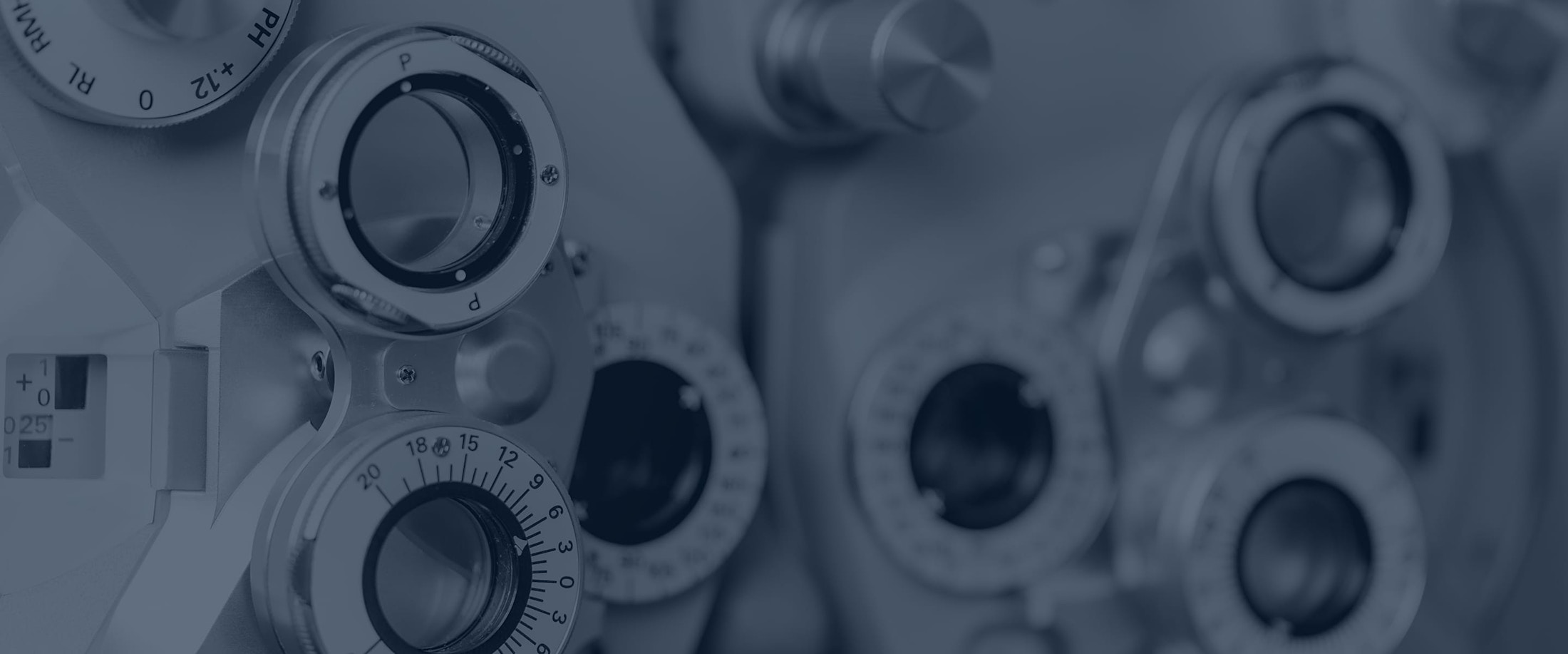At Chu Vision Institute in Minneapolis, we offer corneal cross-linking—a breakthrough procedure that helps stabilize and preserve vision in people experiencing corneal thinning. As one of the first practices in the country to participate in national clinical trials for this treatment, we are proud to bring advanced care and innovative solutions to patients facing vision loss due to corneal instability.
Who Can Benefit from Corneal Cross-Linking?
This procedure is most often recommended for patients with:
- Keratoconus, a progressive thinning and bulging of the cornea
- Post-LASIK ectasia, a complication that can occur after laser eye surgery
- Corneal instability in younger patients, especially teens and young adults
While these conditions may sound unfamiliar, their symptoms often include:
- Blurry or distorted vision
- Increasing nearsightedness or astigmatism
- Frequent changes in glasses or contact lens prescriptions
- Eye strain or light sensitivity
If you’ve been told you have keratoconus or suspect your vision changes are worsening quickly, cross-linking could be a crucial intervention.





